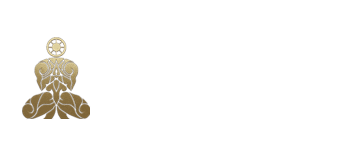In Saiyasart the term accident spirit (Pieh Tayhong) refers to a magical figure or ghost phenomenon that has arisen through violence.
The altar at eye level (Sahn Piean Dtah) is a dwelling for ghosts.
An animal spirit (Pieh Sang) is a magic figure or ghost apparition in animal form.
Arrival meditation (Banluhh Nai) is a form of meditation in the Saiyasart that is about dealing with one’s own self.
An aspect in the Saiyasart a perspective of view. A distinction is made between the inner aspect, the external aspect and the relational aspect.
In Saiyasart, “being affected” is a type of perception in which one acts as a participant in relation to what is perceived.
